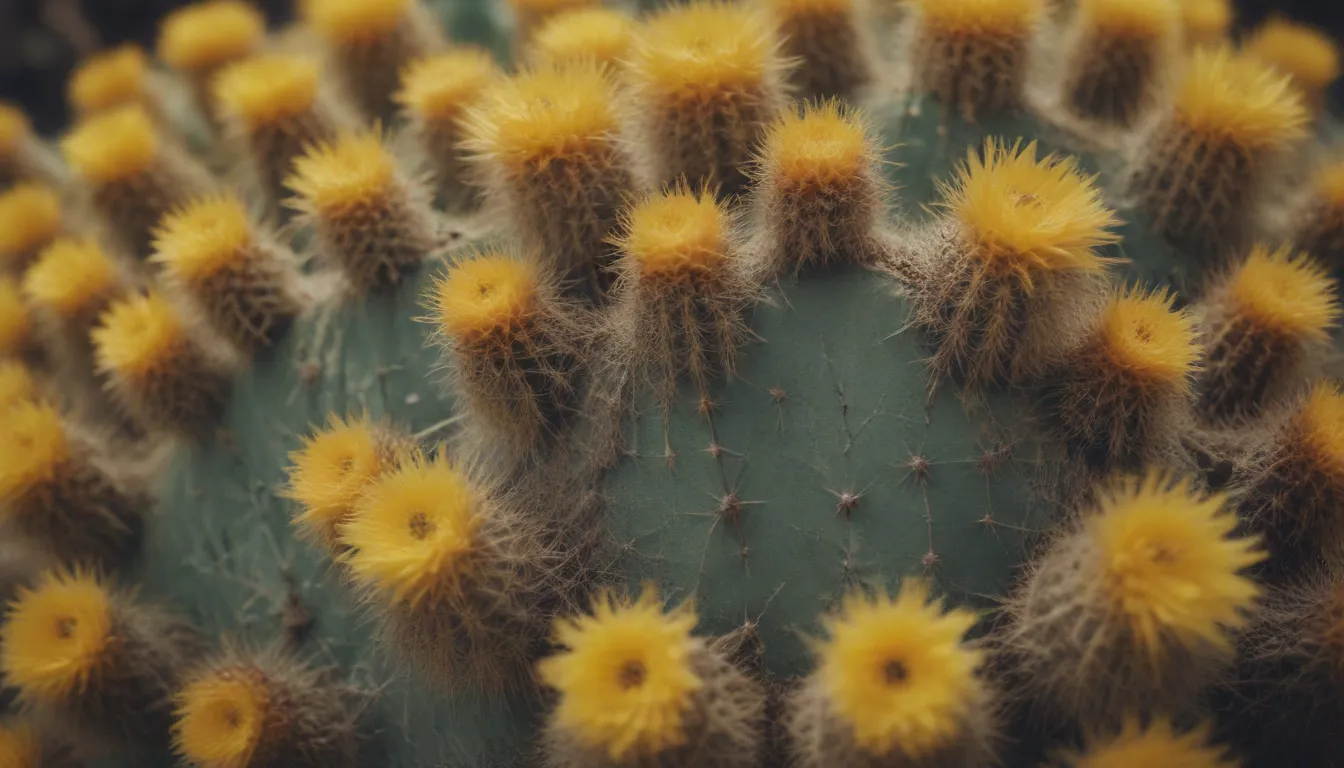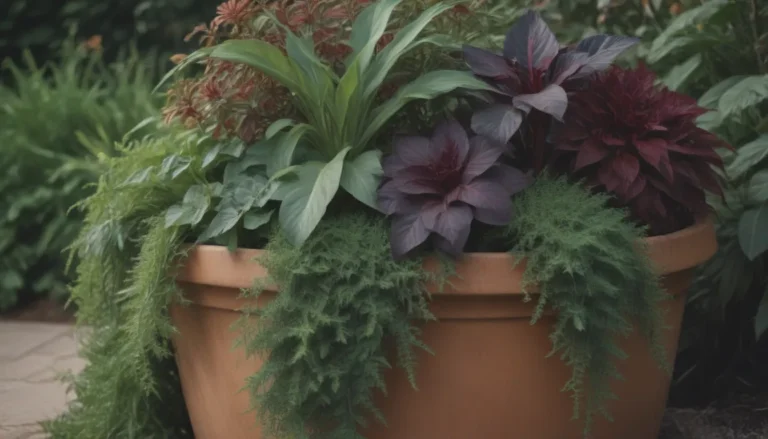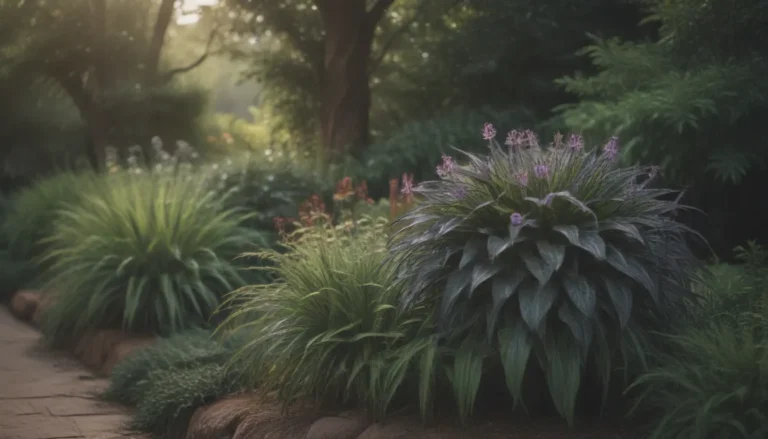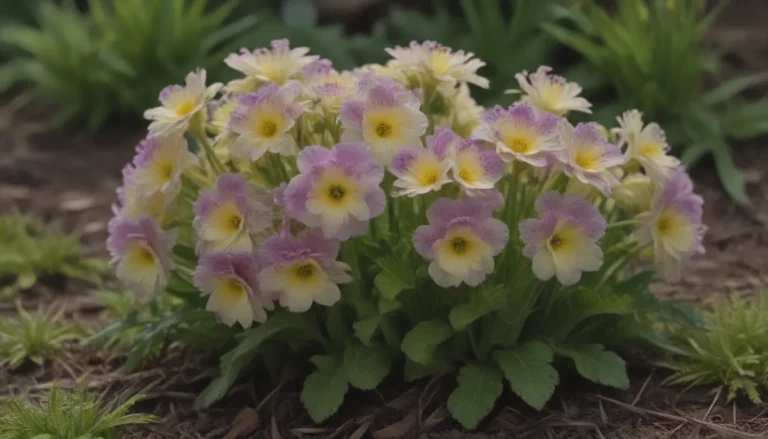Why Is Your Cactus Turning Yellow and What You Can Do About It

Cacti are known for their unique beauty and resilience, making them popular choices for indoor plant enthusiasts. However, despite their reputation for being low-maintenance, cacti can sometimes show signs of distress by turning yellow. Understanding the reasons behind this color change and implementing the right solutions can help you save your plant and keep it thriving for years to come.
Why is Your Cactus Turning Yellow?
- Improper Watering
- Overwatering can lead to root rot, causing your cactus to turn yellow.
- Dehydration can also result in yellowing of the plant.
Suggested Solution:
– Allow the soil to dry out completely between waterings.
– If the stems start to wrinkle or thin, it’s a sign that your cactus needs water.
- Inappropriate Light
- Too much intense sunlight can cause yellow scarring or splotches on your cactus.
- Lack of sufficient light can also lead to yellowing of the plant.
Suggested Solution:
– Use shade cloth to provide indirect light during intense sun exposure.
– Gradually acclimate new cacti to their sunny spots.
- Poor Drainage
- Cacti need well-draining soil to prevent root rot and yellowing.
Suggested Solution:
– Use a cactus soil mix or create your own mix with adequate aeration.
– Avoid planting cacti in standard potting soil.
- Nutrient Deficiencies
- Indoor cacti can suffer from nutrient deficiencies, leading to yellowing.
Suggested Solution:
– Repot rootbound plants to improve nutrient absorption.
– Fertilize indoor cacti with a phosphorus-rich fertilizer once a month during the growing period.
- Pest Problems
- Insects like spider mites, aphids, mealybugs, or scales can cause yellow spots on cacti.
Suggested Solution:
– Regularly inspect your plants for pests and take prompt action if infestation is detected.
– Use neem oil or insecticidal soap to control pest populations.
- Transplant Shock
- Transplanting cacti can lead to stress and yellowing if not done properly.
Suggested Solution:
– Minimize root disturbance during repotting.
– Acclimate cacti to new conditions gradually to reduce transplant shock.
- Freeze Damage
- Exposure to freezing temperatures can cause cacti to turn yellow and die.
Suggested Solution:
– Overwinter cacti indoors or in a greenhouse during cold snaps.
– Grow cacti indoors if freezing temperatures are expected.
Tips for Reviving Your Yellowing Cactus
- If your cactus has turned yellow due to overwatering, allow the plant to dry out completely before adjusting your watering schedule.
- Check for signs of root rot and remove affected roots to prevent further damage.
- Adjust your watering frequency based on the specific needs of your cactus species, home environment, and seasonal changes.
- Keep an eye out for pest infestations and treat them promptly to prevent yellowing and damage to your plant.
- Monitor your cactus closely after transplanting to minimize stress and ensure a smooth transition to a new environment.
In conclusion, understanding the reasons behind your cactus turning yellow is the first step towards saving your plant. By addressing issues such as improper watering, inadequate light, poor drainage, nutrient deficiencies, pest problems, transplant shock, and freeze damage, you can help your cactus thrive and maintain its vibrant green color. With proper care and attention, your cactus will continue to bring beauty and charm to your indoor space for years to come.





